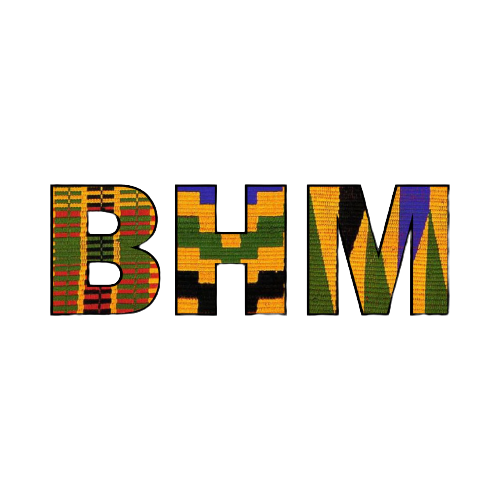LITERATURE REVIEW
Our Findings
The Black Caucus of the American Library Association conducted a comprehensive literature review of BHM programming in public libraries to inform the focus groups, national survey, and taxonomy. The literature review covered 95 years to encompass programming on BHM and Negro History Week, which preceded it.
The BHM Literature Review is divided into three sections. It investigates the types of programming offered in public libraries and the social context of the libraries in communities during different periods. Although African Americans have always had oral histories and methods of sharing information about our histories through churches, publications, and our own organizations, there was no recognition in academia that AA had a history for hundreds of years.
Carter G. Woodson, among others, was crucial in the development of institutions and mechanisms to capture that history and share it with the larger American society.
The literature review is categorized as follows:
● The Early Years (1926 – the mid-1960s) A period of segregation in American libraries
● The Growth Years (the late 1960s – 1999) A period of growth for both BHM and libraries
● The 21st Century Outlook (the 2000s) A period of conversations & debate about BHM
Early Years, 1926 – the mid-1960s
Dr. Carter G. Woodson, known as the Father of Black History, founded Negro History Week (NHW) in 1926. His mission was to bring full recognition to African Americans’ contributions to America’s history and the world’s history. Dr. Woodson was the second African American, in 1912, to earn a Ph.D. from Harvard University, and the only one of formerly enslaved parental lineage to do so. Woodson as a young man had worked as a manual laborer including in the coal mines of West Virginia.
He became a scholar and public intellectual. Dr. Woodson founded the Association for the Study of Negro Life and History in 1915. He wrote books about African American history. Dr. Woodson gave talks about NHW in schools, libraries, and other public places and wrote articles in newspapers and scholarly journals.
Dr. Woodson and educator Mary McLeod Bethune launched the publication of the Negro History Bulletin in 1937. It was a journal for teachers who taught youth in segregated schools about African American history to build self-esteem against the assault against African Americans physically (lynching) and mentally (notably documented by Dr. Woodson in his seminal work, Mis-Education of the Negro). Educational materials about African American history were provided in the Bulletin for year-round teaching and learning and to prepare for the annual theme set for NHW.
The Jim Crow segregation of libraries was pivotal during this period. There were black and white private libraries and African American Freedom Libraries, but blacks could not enter and utilize the public libraries that existed for most of this period. Segregated libraries were the norm particularly in the south, until they were desegregated in the 960s. In fact, the American Library Association funded a study in 1963, Access to Public Libraries, examining racism in library services in the US.
While the NAACP’s Crisis magazine, the Schomburg Center, and other efforts to document African American history existed, it was the founding of The Association for the Study of Negro Life and History and later Negro History Week that created a national commemoration of this history.
Growth Years, The Late 1960s – 1990s
Beginning in the late 1960s, urban areas began to see public library building construction and expansion of services to African Americans and other ethnic populations due to the 1964 Library Services and Construction Act (LSCA).
In 1965, more than 363 construction projects were approved. Services included story-hours and film programming for preschool children, enlargement and improvement of library collections, and neighborhood library liaison programs. In 1976, the Association for the Study of African American Life and History expanded NHW into a month-long commemoration and re-named it Black History Month (BHM).
By the 1980s, professional library journals, such as American Libraries, each year published news event articles about BHM programming in public libraries from across the country. Mary Snodgrass published Black History Month Resource Guide in 1993 that compiled more than 300 activities covering a wide range of areas, including art and architecture, music, science, and sports.
Twenty-First Century Outlook, the 2000s
By the end of the twentieth century, considerable conversation and criticism arose about the commemoration of BHM in popular media and scholarly communities. In an interview with five stellar African American scholars published in The Journal of Blacks in Higher Education, in 1997, none of the scholars thought that BHM had realized Dr. Woodson’s vision for BHM. Instead, they believed it had become trivialized and corrupted by commercialization. At the same time, public libraries continued to observe BHM with cultural programming. In the late twentieth century and twenty-first century, an increasing number of special-collection African American history and culture public libraries were established.
